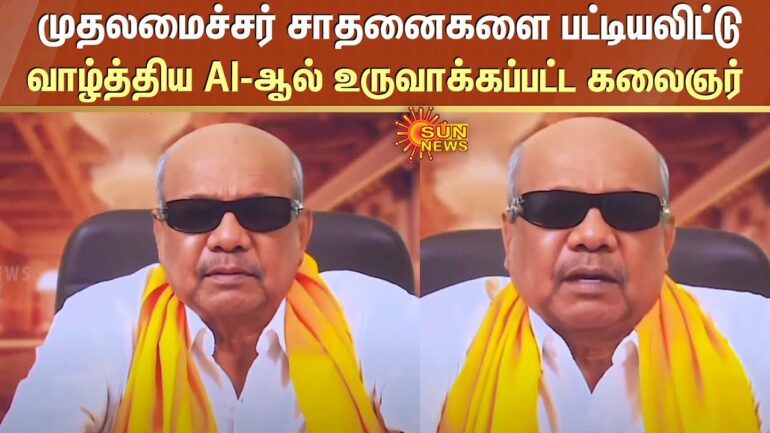As India concluded the world’s largest election on June 5, 2024, with over 640 million votes counted, observers could assess how the various parties and factions used artificial intelligence technologies – and what lessons that holds for the rest of the world.
The campaigns made extensive use of AI, including deepfake impersonations of candidates, celebrities and dead politicians. By some estimates, millions of Indian voters viewed deepfakes.
But, despite fears of widespread disinformation, for the most part the campaigns, candidates and activists used AI constructively in the election. They used AI for typical political activities, including mudslinging, but primarily to better connect with voters.
Deepfakes without the deception
Political parties in India spent an estimated US$50 million on authorized AI-generated content for targeted communication with their constituencies this election cycle. And it was largely successful.
Indian political strategists have long recognized the influence of personality and emotion on their constituents, and they started using AI to bolster their messaging. Young and upcoming AI companies like The Indian Deepfaker, which started out serving the entertainment industry, quickly responded to this growing demand for AI-generated campaign material.
In January, Muthuvel Karunanidhi, former chief minister of the southern state of Tamil Nadu for two decades, appeared via video at his party’s youth wing conference. He wore his signature yellow scarf, white shirt, dark glasses and had his familiar stance – head slightly bent sideways. But Karunanidhi died in 2018. His party authorized the deepfake.
Deepfake technology brought a dead politician into the Indian election campaign.
In February, the All-India Anna Dravidian Progressive Federation party’s official X account posted an audio clip of Jayaram Jayalalithaa, the iconic superstar of Tamil politics colloquially called “Amma” or “Mother.” Jayalalithaa died in 2016.
Meanwhile, voters received calls from their local representatives to discuss local issues – except the leader on the other end of the phone was an AI impersonation. Bhartiya Janta Party (BJP) workers like Shakti Singh Rathore have been frequenting AI startups to send personalized videos to specific voters about the government benefits they received and asking for their vote over WhatsApp.
Multilingual boost
Deepfakes were not the only manifestation of AI in the Indian elections. Long before the election began, Indian Prime Minister Narendra Modi addressed a tightly packed crowd celebrating links between the state of Tamil Nadu in the south of India and the city of Varanasi in the northern state of Uttar Pradesh. Instructing his audience to put on earphones, Modi proudly announced the launch of his “new AI technology” as his Hindi speech was translated to Tamil in real time.
In a country with…



